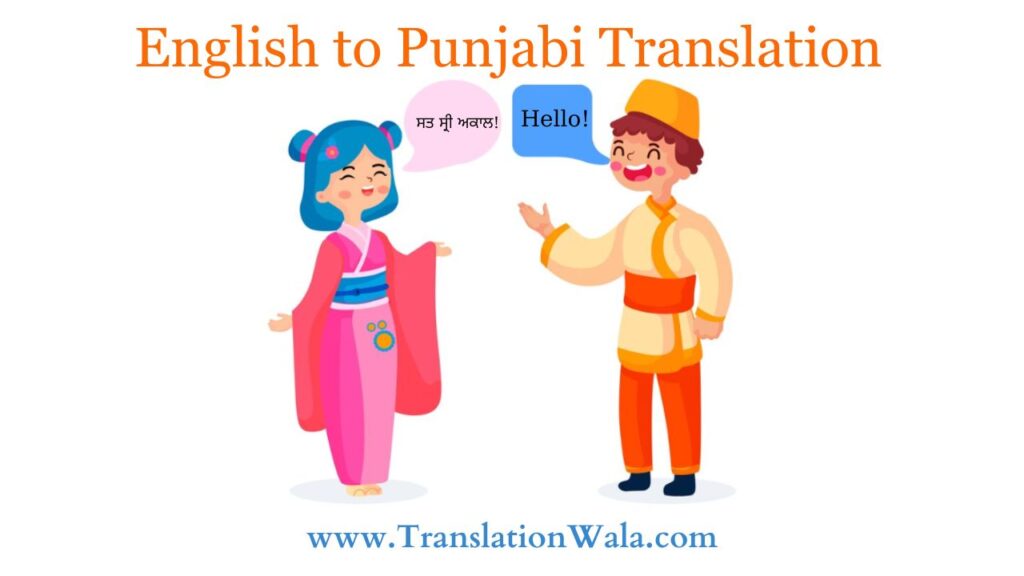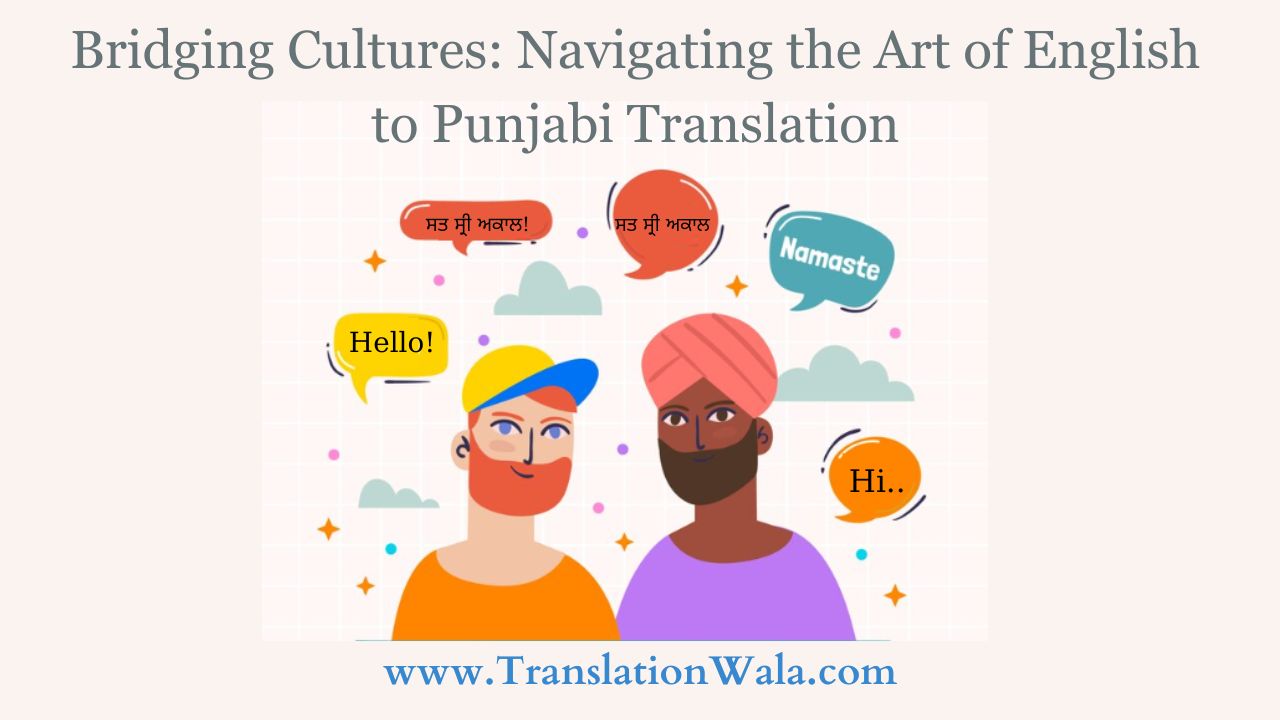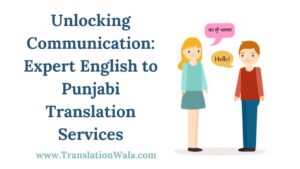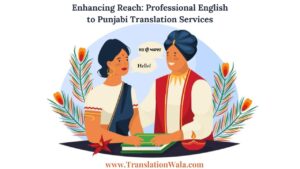English to Punjabi Translation: Languages, like great rivers, make their own tracks through history. Their currents are filled with the laughter and tears of generations, telling stories of rich cultures. When these rivers meet, their streams mix, making it easier for people to understand and connect with each other. Translation is the strong span that connects people who speak different languages and helps them be open to the unknown. Today, we’ll start an interesting trip across one of these bridges: the one that links English and Punjabi.
Two Souls Entwined: Empires and Bhangra Beats
Even though English and Punjabi sound very different, they are connected by history and the human experience. English, which is spoken all over the world, carries the weight of nations and intellectual debate. Punjabi, on the other hand, is the heartbeat of Punjab and beats to the beat of bhangra music and Sufi poems. Getting from one language to the other is more than just a technical feat; it’s a cultural magic, a dance between accuracy and beauty.
Capturing the Soul: Where Understatement Meets Hyperbole
For the English to Punjabi Translation, the first problem is in the very heart of language, or its soul. Because English has an organized grammar and a tendency to understate things, it can feel cold and scientific at times. Punjabi, on the other hand, is an orchestra of feelings that paints the world in bright colors with meanings that grow like plants and exaggeration that works like magic. Translating these strong emotions into English is like putting a summer breeze in a bottle. It takes both skill with words and a deep understanding of the cultural meanings behind each one.
Also Read: Bridging Cultures: Mastering English to Hindi Translation for Global Impact

A Kaleidoscope of Love: Beyond Simple Declarations
Think about the idea of “love.” In English, a simple statement like “I love you” might be enough. But in Punjabi, the heart of a lover can speak a thousand languages. Perhaps the quiet whisper of “Main tainu pyar karda haan,” the longing ache of “Sohni di gal Sunja,” or the joking taunt of “Ni tu Patta Patta Nal Bandi Aa.” Each word, like a stroke on the love picture, has its own color and mood. That’s not all the translator has to do. They also have to pick the right colors and sounds to make the target tongue feel the same way.
Beyond the Written Word: Navigating the Labyrinth of Cultural References
In addition to dealing with feelings, interpreters also have to deal with tricky culture references. A Punjabi audience might find a joke funny, but an English audience might find it confusing. Similarly, a saying that makes sense in one culture might not make sense in another. Through comments and explanations, the translator becomes a culture traveler who finds secret links and builds bridges of understanding. It’s a fine line between keeping the original text’s core and making it easy for new readers to understand. Cultural details shouldn’t be lost, but should instead shine through with fresh brightness.
Building Bridges, One Story at a Time: The Rewards of Translation
Still, getting across this bridge has huge benefits. Each word that is translated is like a small lamp that shines on a part of the world that was previously dark. Telling a Punjabi reader about Jane Austen’s wit is fun, and telling an English audience about Bulleh Shah’s knowledge is thrilling. It’s the quiet pleasure of taking down walls of confusion one brick at a time, word by word.
When you come across a translation again, don’t just brush it off as a technical exercise. For a moment, think about how much skill and cultural magic went into connecting these two places. Because that translated text tells a story of how people can connect, understand, and give their spirit a voice in another language. At that moment, the world seems a little less split up and a little more whole.
So, this is our call to you: start your own trip across the bridge from English to Punjabi Translation. Read a poem, a book, or even a song that has been translated. Allow the words to take you to the heart of a different society. Don’t forget that translation is more than just words; it’s about connecting people, one story at a time.



